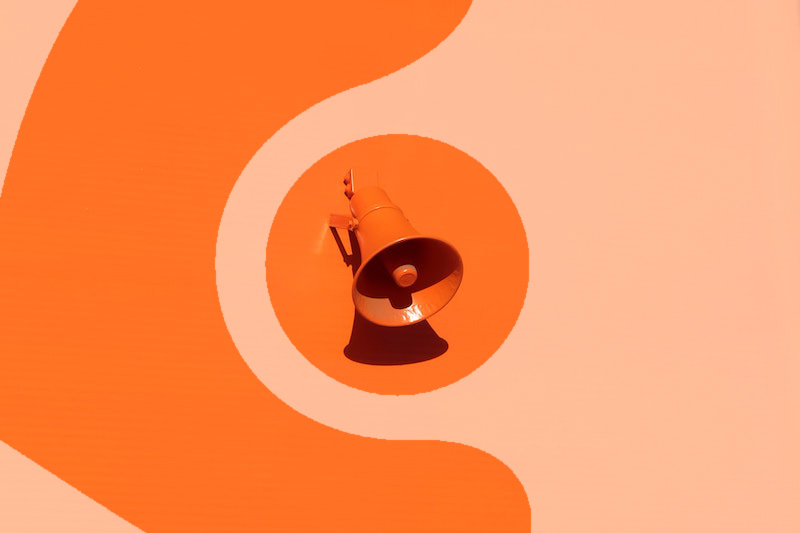What is Urinary Retention?
The bladder is a balloon-shaped hollow muscle. It is designed to stretch as it fills up and contract as it empties. The bladder muscle can become so weak that it is unable to contract strongly enough to empty. Damage to the nervous system can also affect the bladder’s ability to contract e.g. Parkinson’s disease, Multiple Sclerosis and Alzheimer’s disease.
Urinary retention is a side effect of the bladder not emptying properly. This is also known as having residual urine.
What Causes Urinary Retention?
There are 2 main causes for urinary retention:
- Obstruction to the flow of urine through the urethra
- Weak bladder muscle
Other causes could be insufficient urine in the bladder to enable urination, caused by going to the toilet too frequently as a side effect of an overactive bladder or in an attempt to control incontinence. Or a learned voiding dysfunction – for example, a fear of using the toilet or to use toilets outside the home.
The most common cause of difficult urination in men is a blockage due to an enlarged prostate restricting the outlet from the bladder. For women – one of the common causes of difficulty in urination is an anterior prolapse/bladder prolapse which can distort the urethra and restrict the flow of urine.
Symptoms of Urinary Retention
The symptoms of urinary retention are not always obvious but may include;
- Hesitancy – really having to strain to pass urine
- Strong feelings of urgency and frequency and when passing urine only a small amount comes out
- A urinary stream that is very weak and intermittent
Whilst your bladder is not emptying properly there is a risk that the residual urine in the bladder will become infected. This could cause further complications and problems if it isn’t removed regularly. It is important to seek help if you experience any of the above symptoms.
It is a good idea to keep a record of your bladder activity in a bladder diary for a few days before your appointment with your doctor or nurse.
Your Doctor or Healthcare Professional may recommend the following tests:
Catheters
If you have residual urine then it is important that a way is found to empty the bladder. Often this will mean using a catheter; a catheter is a thin, flexible plastic tube that is passed into the bladder through the urethra so that the urine will drain away.
Intermittent Self Catheterisation (ISC)
You can be taught to perform intermittent catheterisation on yourself at an interval specified by your healthcare professional.
Indwelling catheter
In certain cases the catheter will be left in place so that the urine can be constantly drained into a collection bag which is worn on the leg. There are two kinds of indwelling catheter: urethral and suprapubic. A urethral catheter is inserted into the bladder through the urethra and a suprapubic catheter is inserted into the bladder through a hole in the abdomen, a few inches below the tummy button.
Further Information
We have information sheets available explaining the differences between the different types of catheters; please visit our downloads section for these and other information sheets that you may find helpful.
If you are concerned about your problem and it is starting to affect your day-to-day life make an appointment to see your doctor, continence nurse or specialist physiotherapist. A continence nurse and specialist physiotherapist are healthcare professionals who specialise in bladder and bowel problems.








